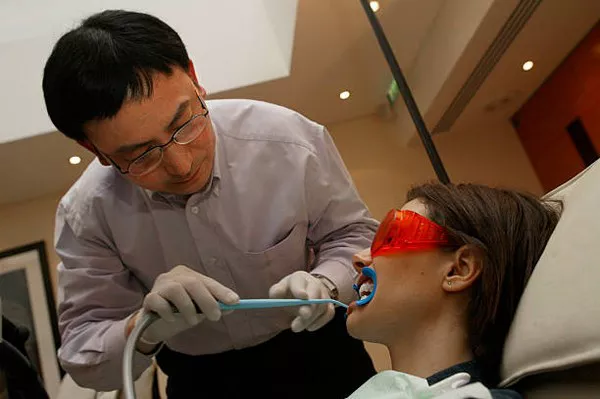In the field of healthcare, the role of an orthodontic assistant plays a crucial part in helping orthodontists provide top-notch dental care to patients seeking orthodontic treatment. But aspiring orthodontic assistants often wonder about the path to entering this rewarding profession. How long does it take to become an orthodontic assistant, and what are the key steps involved in the process? In this comprehensive guide, we will address the education, training, and career prospects for orthodontic assistants, helping you navigate your way to a fulfilling career in orthodontics.
Education Requirements
To embark on your journey as an orthodontic assistant, you’ll need to meet specific education prerequisites:
a. High School Diploma or GED:
The first step in this educational journey is obtaining a high school diploma or its equivalent, a General Educational Development (GED) certificate. This foundational education sets the stage for further training.
b. Formal Education Programs:
Consider enrolling in a reputable orthodontic assistant training program. These programs are usually offered by vocational schools, community colleges, and dental schools. They typically last between 9 months to 2 years, depending on the program’s depth and curriculum.
Training Duration
The duration of your training as an orthodontic assistant may vary, depending on the program and the state regulations. Typically, it is divided into several key segments:
a. Classroom Instruction:
The initial phase of training includes classroom instruction. Here, you’ll learn about dental terminology, orthodontic procedures, patient care, and infection control. This segment typically lasts for around 4 to 6 months.
b. Hands-On Clinical Experience:
The practical aspect of your training is equally crucial. You’ll spend time in a clinical setting, assisting orthodontists with real patients. This phase can last from 3 to 12 months, depending on the program’s structure.
c. Internship or Externship:
Some programs offer internship or externship opportunities to provide real-world experience. This additional hands-on training can last anywhere from 3 to 6 months.
Certification
Upon completing your education and training, the next step to becoming a certified orthodontic assistant is to obtain certification. The Dental Assisting National Board (DANB) offers the Certified Orthodontic Assistant (COA) certification. To achieve this certification, you must:
a. Pass the COA Exam:
The COA exam assesses your knowledge and skills in orthodontic assisting. It’s a comprehensive test that evaluates your proficiency in various areas, including orthodontic procedures, patient management, and infection control.
b. Fulfill Eligibility Requirements:
Before taking the COA exam, you must meet specific eligibility requirements, such as completing an accredited orthodontic assistant program.
Career Prospects
As an orthodontic assistant, you’ll find a wealth of opportunities in the healthcare industry. Here are some promising career prospects:
a. Job Opportunities:
With the increasing demand for orthodontic care, job opportunities for orthodontic assistants are on the rise. You can secure positions in orthodontic practices, dental clinics, and even dental schools.
b. Growth Potential:
The orthodontic field offers promising career growth. Experienced orthodontic assistants can advance to positions like lead orthodontic assistant, treatment coordinator, or even pursue further education to become an orthodontist.
c. Competitive Salaries:
Orthodontic assistants enjoy competitive salaries. According to the Bureau of Labor Statistics, the median annual wage for dental assistants, including orthodontic assistants, was $40,080 in 2020.
Continuing Education
The field of orthodontics is constantly evolving, and it’s essential for orthodontic assistants to stay updated with the latest advancements. Continuing education opportunities, workshops, and seminars are available to enhance your skills and knowledge.
a. Specialized Training:
Consider pursuing specialized training in areas such as orthodontic technology, digital orthodontics, or patient communication to stay competitive in the job market.
b. Networking:
Joining professional organizations and networking with colleagues can provide valuable insights and opportunities for growth in your orthodontic assistant career.
Conclusion
Becoming an orthodontic assistant is a rewarding and fulfilling journey. While the duration may vary based on your chosen education and training path, it’s important to stay committed to the process. The demand for orthodontic assistants is on the rise, and with the right education, training, and certification, you can look forward to a prosperous career in the orthodontics field. Remember, continuous learning and dedication are key to long-term success in this dynamic profession.



























